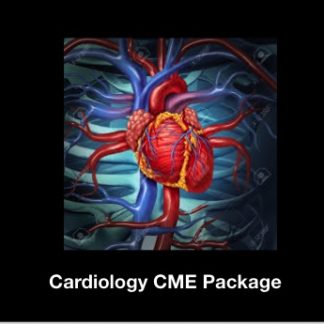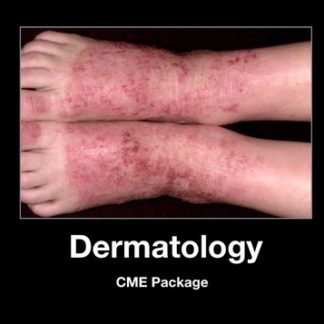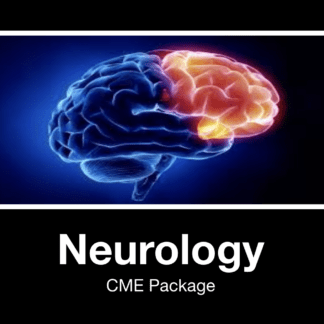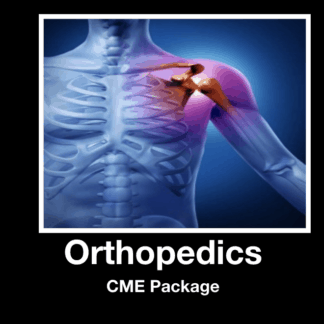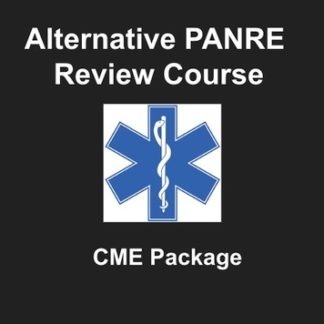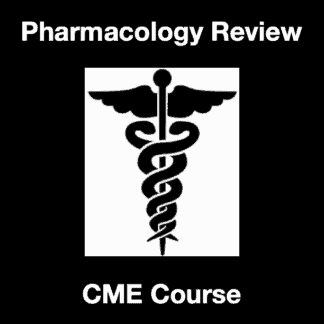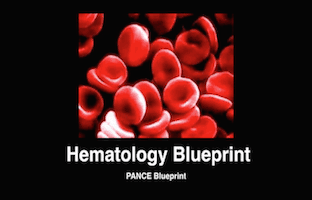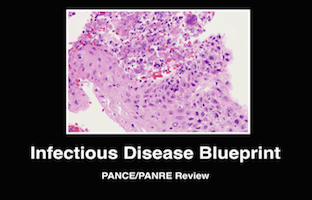Description
Hematology PANCE/PANRE Review Course &Video
This section is review of the Hematology Section for the NCCPA Blueprint topic list for the PANCE and PANRE. This section contains the Hematology Blueprint Lecture Video (0:47:09), as well as 66 Hematologic Multiple Choice PANCE style questions, answers and detailed explanations. Hematologic Blueprint Lecture Slides are also included. This section will be continuously updated and you will be given access for 30 months.
This section is designed for physician assistants preparing to take the PANCE/PANRE. Medical students preparing for the USMLE and COMLEX may find this section helpful.
We do offer Category 2 CME with Amazon and Apple Gift Cards. Click here if interested in CME with Amazon and Apple Gift Cards
This is in a mobile friendly form.
Hematology Blueprint Preview Questions., Answers, and Explanations
Hematology Blueprint
Questions, Answers, and Explanations
Question 1
1. Which of the following is not a vitamin K dependent factor?
A. II
B. VII
C. VIII
D. X
Answer 1
1. Choice C is the correct answer. Factors II, VII, IX, and X are Vitamin K dependent factors that are affected by coumadin.
Question 2
2. Which of the following is not true regarding idiopathic thrombocytopenia purpura?
A. Spontaneous remission occurs in 90% of the cases
B. Platelet transfusions are largely ineffective
C. Petechiae and purpura are common
D. Treatment consists of high dose steroids and platelet transfusions
Answer 2
2. Choice D is the correct answer. Steroids can be given for ITP but high dose steroids are not given. Platelet transfusions may make the situation worse. It is autoimmune in etiology. Definitive treatment for ITP is splenectomy.
Question 3
3. Which of the following tests are used to assess platelet function?
A. Fibrinogen
B. PT
C. PTT
D. Bleeding Time
Answer 3
3. Choice D is the correct answer. PT is increased by the extrinsic pathway that coumadin works on. PTT is affected by the intrinsic pathway that heparin works on.
Question 4
4. An isolated prolongation of PTT suggests which of the following?
A. Coumadin Therapy
B. Heparin Therapy
C. Lovenox Therapy
D. Platelet Malfunction
Answer 4
4. Choice B is the correct answer. Coumadin affects the PT. Platelet malfunction would have increased bleeding times. Lovenox should not affect the PT or PTT.
Question 5
5. Which of the following is true regarding von Willebrand’s Disease?
A. It allows platelet adhesion and carries factor VIII in the plasma
B. Patients have a normal PTT
C. Bleeding time is usually normal
D. Patients have muscular bleeds
Answer 5
5. Choice A is the correct answer. Von Willebrand’s disease allows platelet adhesion and carries factor VIII in the plasma. PTT and bleeding times are usually abnormal. Patients usually do not have muscular bleeds.
Question 6
6. At what level do platelets if they are below put the patient at risk for serious bleeding?
A. 100, 000
B. 50, 000
C. 10, 000
D. Low platelets do not cause spontaneous bleeding
Answer 6
6. Choice C is the correct answer. Platelet counts below 10, 000 put the patient at risk for spontaneous bleeding. Surgical bleeding is a concern when the platelet count is less than 50,000.
Question 7
7. Von Willebrand’s disease is characterized by:
A. Normal bleeding time, normal platelet count, normal PT, and increased PTT
B. Increased bleeding time, normal platelet count, normal PT, and increased PTT
C. Increased bleeding time, decreased platelet count, normal PT, and increased PTT
D. Decreased bleeding time, decreased platelet count, normal PT and normal PTT
Answer 7
7. Choice B is the correct answer. Increased bleeding time, normal platelet count, normal PT, and increased PTT.
